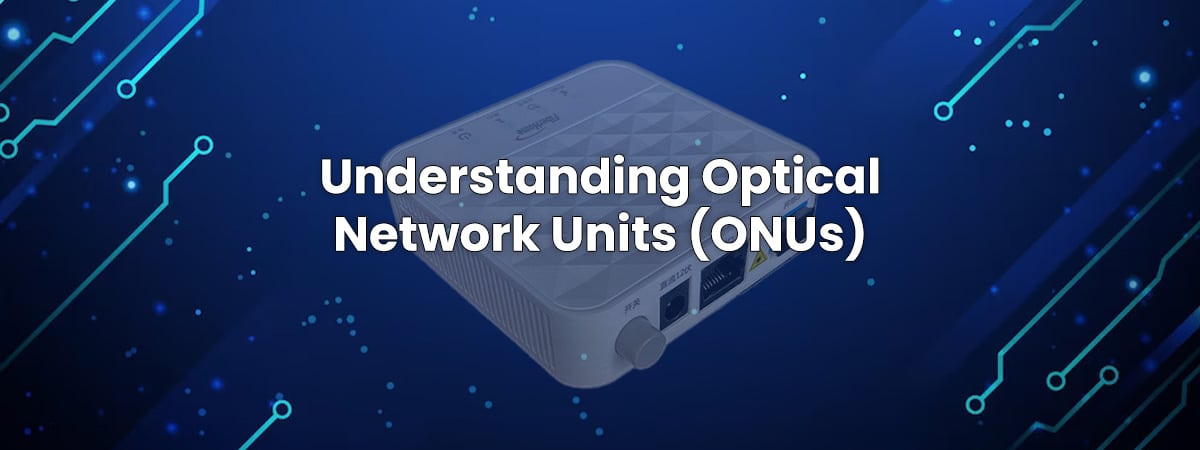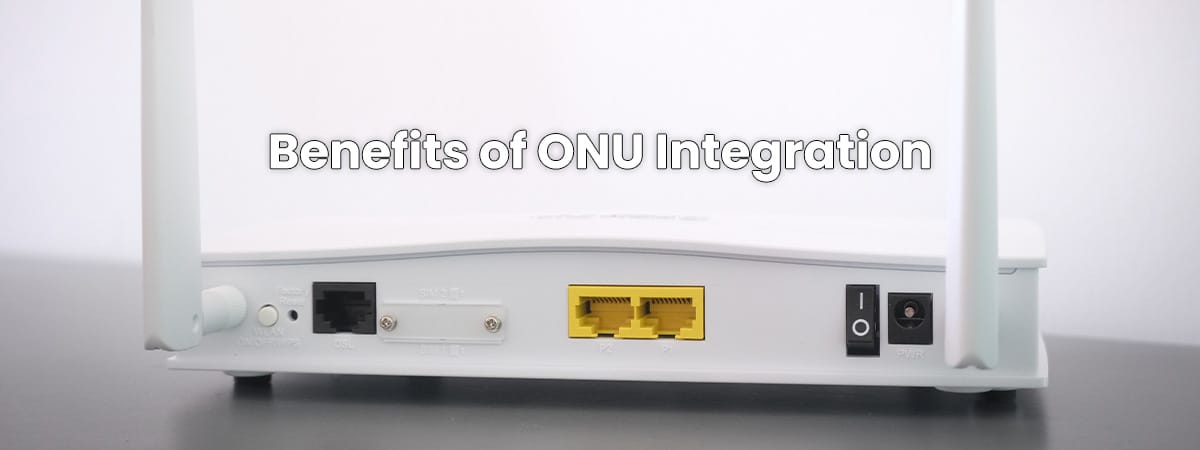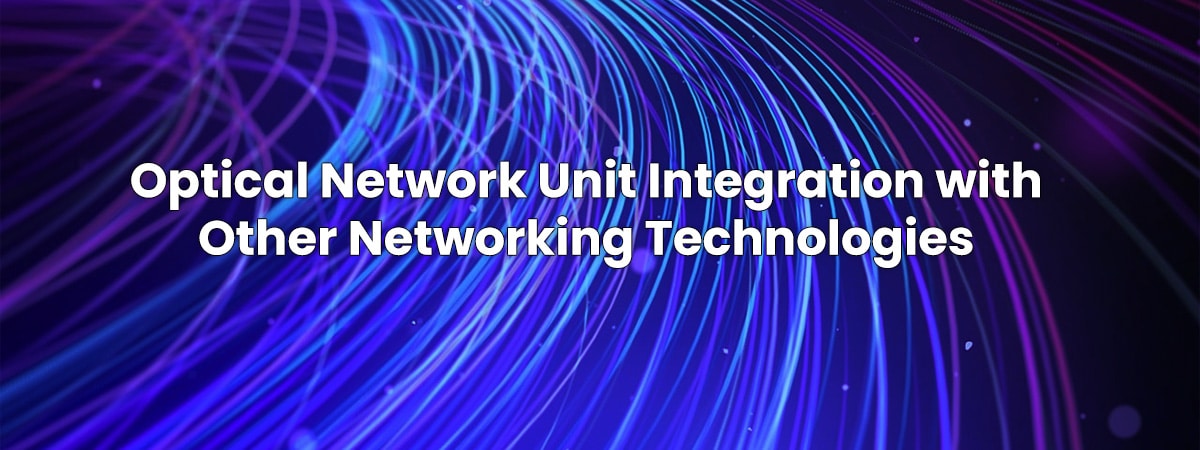In the fast-paced world of telecommunications, the seamless integration of diverse networking technologies is crucial for creating robust and efficient communication infrastructures. Among these technologies, optical network units (ONUs) hold a significant place, serving as the bridge between fiber-optic networks and end-user devices. This article explores the intricate realm of optical network unit integration with other networking technologies, highlighting the benefits, challenges, and emerging trends in this dynamic landscape.
Understanding Optical Network Units (ONUs):

Before delving into integration, it’s essential to grasp the role of ONUs in modern communication systems. An ONU is a vital component of a passive optical network (PON), a widely used architecture that leverages fiber-optic cables to deliver high-speed internet and multimedia services. ONUs are the interface between the optical network and end-user devices, such as computers, phones, and routers. They convert optical signals into electrical signals that can be processed by these devices.
The Power of Integration:
The integration of ONUs with other networking technologies creates a symbiotic relationship that enhances the capabilities of both. By seamlessly interfacing fiber-optic networks with traditional Ethernet or wireless networks, ONUs enable data to flow fluidly, catering to diverse user needs.
Benefits of ONU Integration:

- High-Speed Data Delivery: ONUs, with their ability to interface with high-speed fiber-optic networks, ensure rapid data transmission from the core network to end-users. When integrated with Ethernet or wireless technologies, ONUs facilitate efficient data distribution across local networks.
- Flexible Connectivity: Integration empowers users to connect their devices via Ethernet or wireless interfaces, depending on their preferences and requirements. This flexibility enables seamless communication across different platforms.
- Last-Mile Connectivity: ONUs play a crucial role in extending fiber-optic connectivity to the last mile. By integrating ONUs with wireless technologies, internet service providers can provide broadband access to remote areas that are otherwise challenging to connect through wired infrastructure alone.
- Cost Efficiency: Leveraging existing networking technologies alongside ONUs optimizes resource allocation and reduces the need for redundant infrastructure. This cost-efficient approach benefits both service providers and end-users.
Challenges in Integration:
While the benefits are substantial, integrating ONUs with other networking technologies isn’t without challenges:
- Interoperability: Ensuring smooth communication between different networking technologies requires careful consideration of interoperability standards and protocols.
- Data Security: As data flows between diverse networks, maintaining robust security measures becomes imperative to safeguard sensitive information from potential threats.
- Network Management: Managing integrated networks demands comprehensive network management systems that can monitor, troubleshoot, and optimize the performance of various components.
Emerging Trends:

The world of networking technologies is ever-evolving, and several trends are shaping the integration of ONUs with other technologies:
- 5G Convergence: With the rollout of 5G networks, the integration of ONUs with wireless technologies gains prominence. ONUs can act as gateways to deliver high-speed 5G connectivity to homes and businesses.
- Edge Computing: ONUs at the edge of the network enable faster data processing and reduced latency. This integration is crucial for applications like IoT, where real-time responses are essential.
- Smart Cities: ONUs integrated with IoT technologies lay the foundation for smart cities, where interconnected devices gather and share data for improved urban living.
- Hybrid Networks: The integration of ONUs with both wired and wireless networks creates hybrid solutions that balance speed, reliability, and flexibility.
Conclusion:
The integration of optical network units with other networking technologies signifies the convergence of diverse systems to create seamless communication experiences. As ONUs bridge the gap between fiber-optic networks and end-user devices, they enable high-speed data delivery, flexibility, and cost-efficiency. However, challenges such as interoperability and security must be carefully addressed. Looking forward, emerging trends like 5G convergence and edge computing are poised to reshape how ONUs interact with other technologies, promising even more sophisticated communication infrastructures that cater to the demands of our interconnected world.
